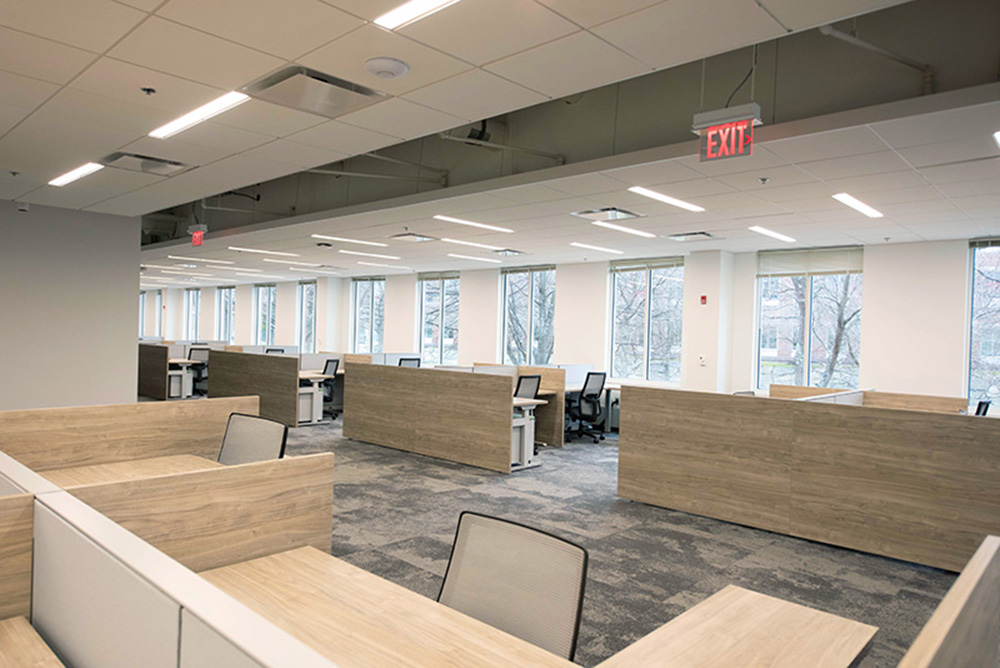Comparing appraisals in Houston and Vermont - by Sean Sargeant
I am sitting in downtown Houston as I write, surrounded by construction cranes, road closures for renovation and general redevelopment. New buildings in all stages of construction rise up out of the ground. They say Houston is the fourth largest city in the United States and, with the highest rate of growth in the country, will soon be the third largest. However, looking over this landscape all I can think about is my home base of southern Vermont where population is projected to fall between 5% and 12% over the next 15 years while the median age rises one year each three.
In my mind I imagine all the lucky Houston appraisers who get to create beautiful models of office inventory, demand and absorption rate; calculate the difference in entrepreneurial incentive and entrepreneurial profit; project the timing for new inventory in successive rings of commercial appeal. Exciting analyses suitable for case studies in our collective Highest and Best Use curriculum. Meanwhile, back in Vermont I have to calculate external (economic) obsolescence due to lack of demand and changing demographics; create subdivision analyses after debate on whether absorption rate should be two sales per year or three; project the timing for new assisted-living inventory. While both situations require well-trained appraisers who understand their market and are armed with a suite of analytical tools, one just seems more satisfying than the other.
Recently, I performed a broad-evidence appraisal on a damaged Vermont industrial facility with rail service. My client was especially interested in a well-supported cost approach because of language in an insurance policy that covered the property. Replacement cost new was provided in a reconstruction bid performed by a reputable contractor and a credible opinion of site value was created using a sales grid. Physical age was a known fact and there was no functional obsolescence. The only remaining variable was external obsolescence, in this case from economic factors.
Vermont has lost nearly one third of its goods-producing jobs since 2000. Furthermore, published projections for employment growth require extrapolation forward over decades before new inventory appears to be required, a length of time over which confidence in the conclusion suffers and any calculation of economic losses over a holding period are unsupported. To resolve this issue I constructed a simple regression analysis of comparable industrial sales, extracting the price paid for the building and isolating external obsolescence due to economic factors against physical age. The resulting graph allowed for a both a calculation of total economic life and external obsolescence. The conclusion was compelling in its general agreement across several sales in the same market area. External obsolescence was on the order of two thirds of replacement cost. Completing the cost approach, the indication of value was in agreement with that developed with other broad-evidence methods.
This type of analysis is becoming more common in my practice and especially important in assessment appeal assignments as often the only difference between value opinions is the inclusion of an external obsolescence due to economic factors. This work is no more or less difficult than I imagine the task of those lucky Houston appraisers, but I can’t shake the feeling that one is more satisfying than the other.
Sean Sargeant, MAI, SRA is a certified general real estate appraiser at Sargeant Appraisal Service, Rutland, VT.








